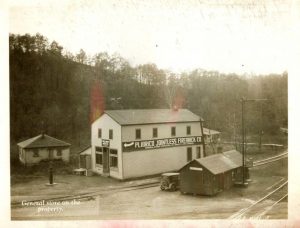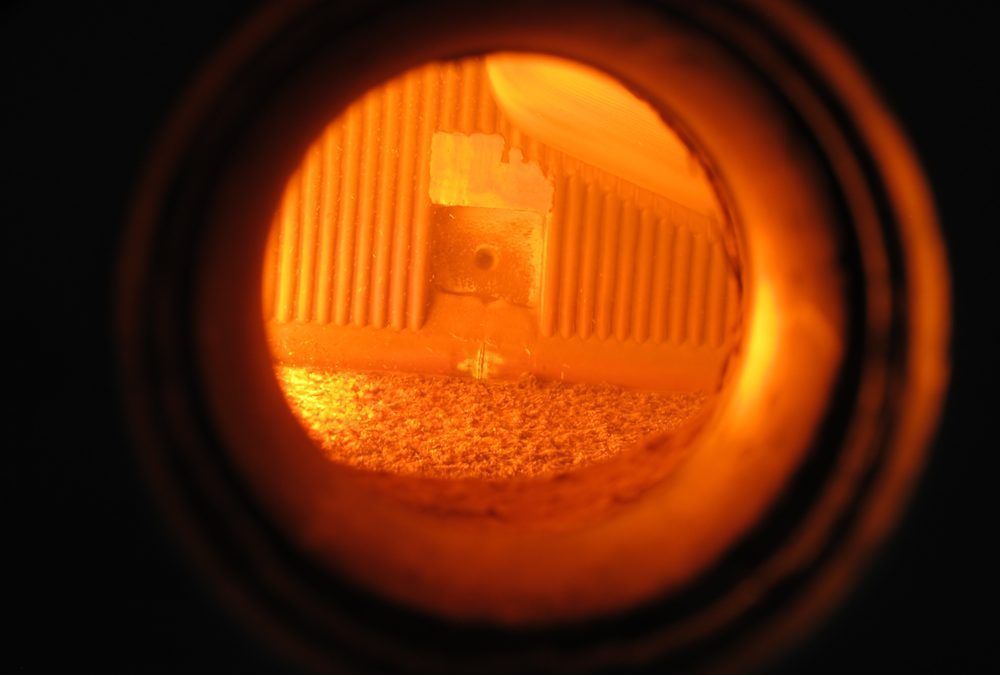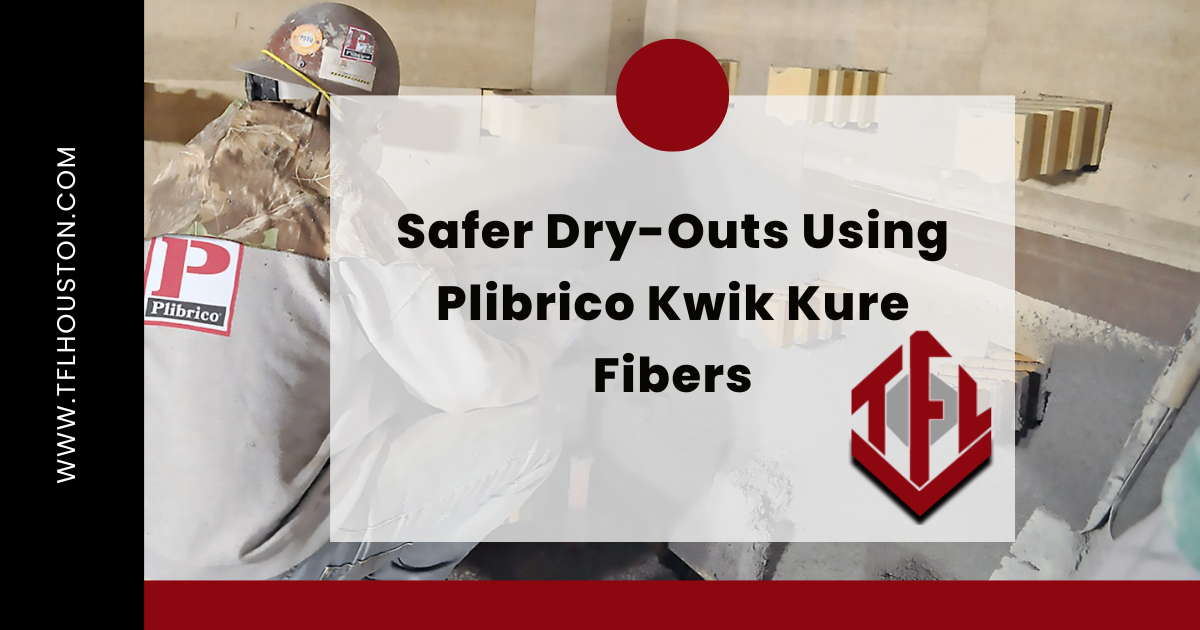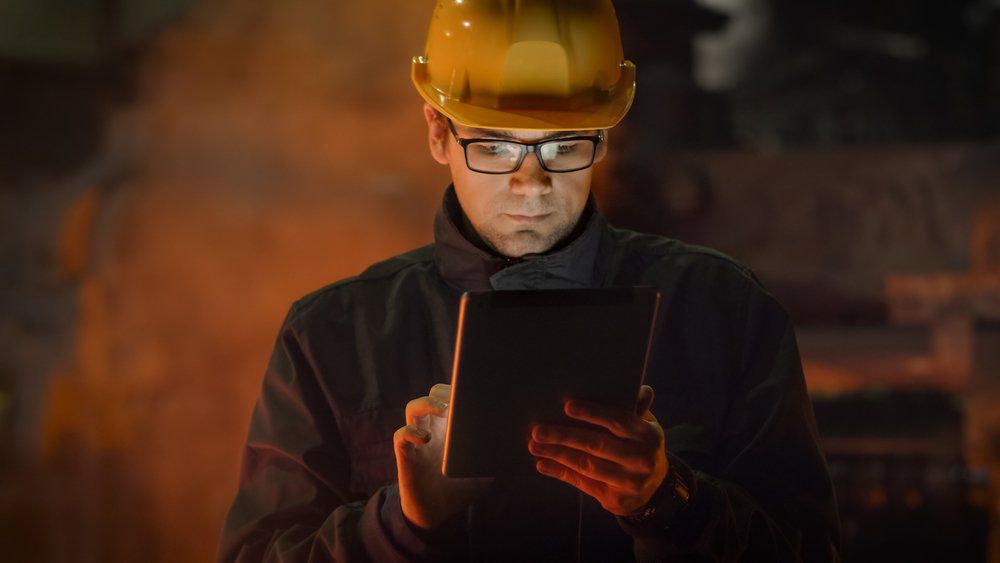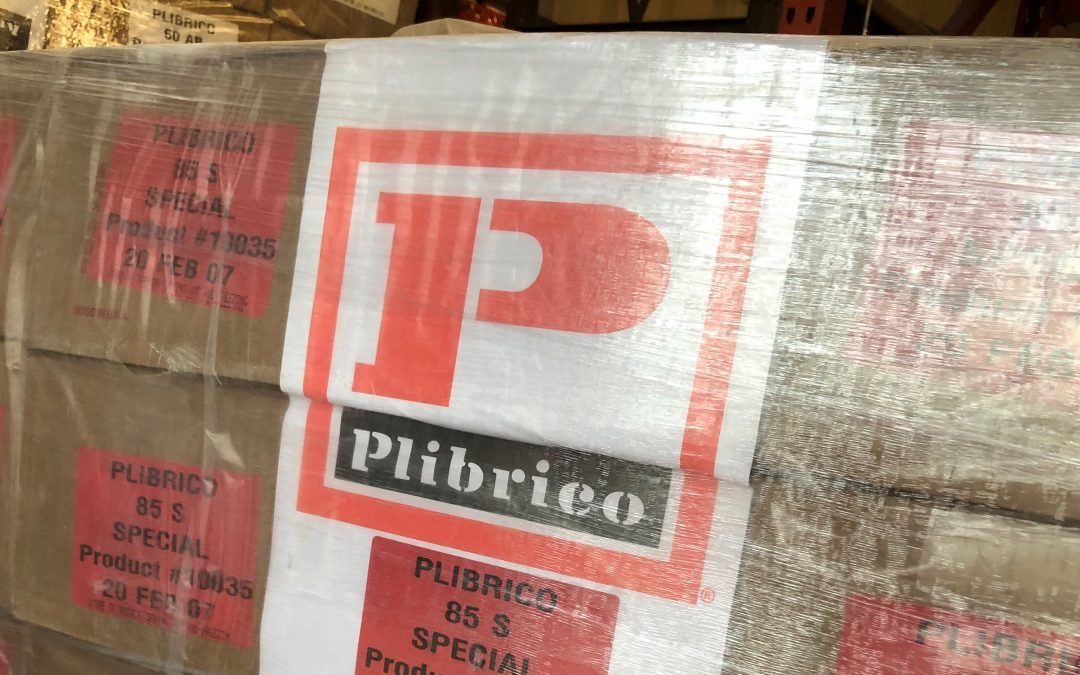A Plant Manager’s Guide to Boiler Refractory and Repair
Refractories are one of the most crucial components of a boiler system, creating a heat resistant liner that’s integral to its functioning. Unfortunately, the boiler refractory lining is often the most common reasons for outages and energy loss.
The importance of the refractory lining to a boiler’s overall efficiency cannot be overstated. Review our Boiler #Refractory and Repair Guide. #TFL #TFLHouston
Click To Tweet
Boiler Refractory and Repair
Boiler refractory lining repair is an inevitable part of operating an industrial boiler. Problems with your boiler refractory may include cracking, refractory door issues, pressure leaks, or damage to seals and joints. Once you’ve noticed signs of damage or dips in boiler performance, a refractory repair might be in order.
Pro Tip: Understanding your refractory and how it will react with specific fuels will better equip you to make the best decision for refractory materials.
Common Materials
In order to hold in the heat contained in boilers and furnaces, specific refractory materials are used. The materials used in boilers must be able to withstand extreme heat, pressure, and sometimes intense chemical processes. Common materials used are monolithic refractories or firebrick.
- Monolithic refractories- Include many different types of refractory materials including plastics, castables, and gunited materials. These materials don’t have a specific shape and have become a preferred option in the industry because they are economical and quicker to install.
- Firebrick- Ceramic material made to withstand extreme temperatures. As the name suggests, the material is shaped into bricks and heated with fire. Firebricks are commonly used in boiler linings.
Problems
There can be a number of reasons why a refractory lining needs to be replaced in a boiler, including:
- Rapid heating and cooling of the boiler, which can cause damage due to thermal shock to the lining.
- A chemical reaction between the materials used in refractory lining and the fuel can cause corrosion in the lining.
- Mechanical wear and tear are to be expected when high-pressure particles are in constant contact with the lining.
Considerations
- Refractoriness: A tendency at which a refractory material will deform under its own load. It is generally determined by the composition of the material used to make it.
- Porosity: The amount of voids or pores found within a refractory. The use of lower porosity materials can help to combat chemical reactions. (usually by fuel and water).
- Refractory Strength: The ability of the refractory to handle compressive loads, tension and stresses without failure.
- Specific gravity: Mainly referring to brick type refractory, the specific gravity is associated with the weight of the brick. A brick with a higher specific gravity will typically have better strength.
- Spalling: Spalling is a defect, also known as the fracture of refractory, which is caused by excessive thermal or mechanical load on the refractory.
- Thermal conductivity: A physical property that describes the general heat flow characteristics of the refractory.
- Thermal expansion: A physical property that describes the ability of the refractory product to expand while at high temperatures and contract during cooling.
- Bulk density: Measured as the weight of a given volume of the refractory and relates to probable porosity of the material used. A refractory with higher bulk density typically has higher strength, higher thermal conductivity, and greater thermal expansion. A refractory with lower bulk density will typically have lower strength but will have a greater lower thermal conductivity (higher insulating capabilities)
Repairing Refractory Linings
Boilers are critical process components that can completely shut-down a plant’s production when they fail. Partner with a refractory expert to better understand refractory linings and their proper maintenance.
Contact Us to learn more about the refractory materials that will work best for you.
The post A Plant Manager’s Guide to Boiler Refractory and Repair appeared first on Refractory Materials, Precast Shapes, and Custom Solutions.
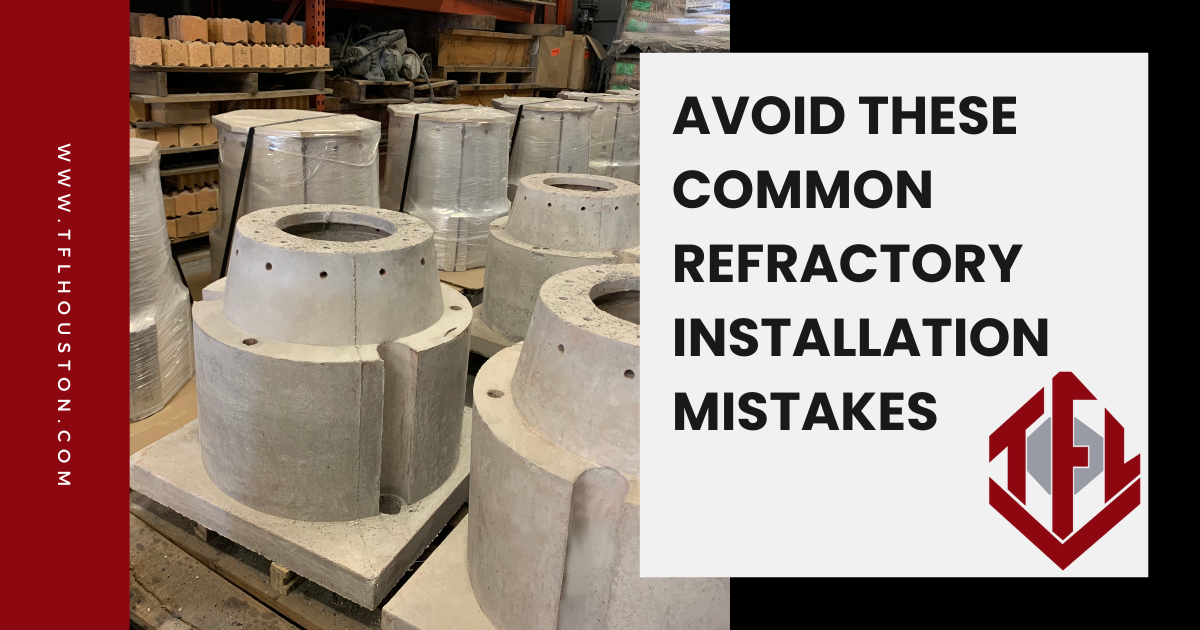
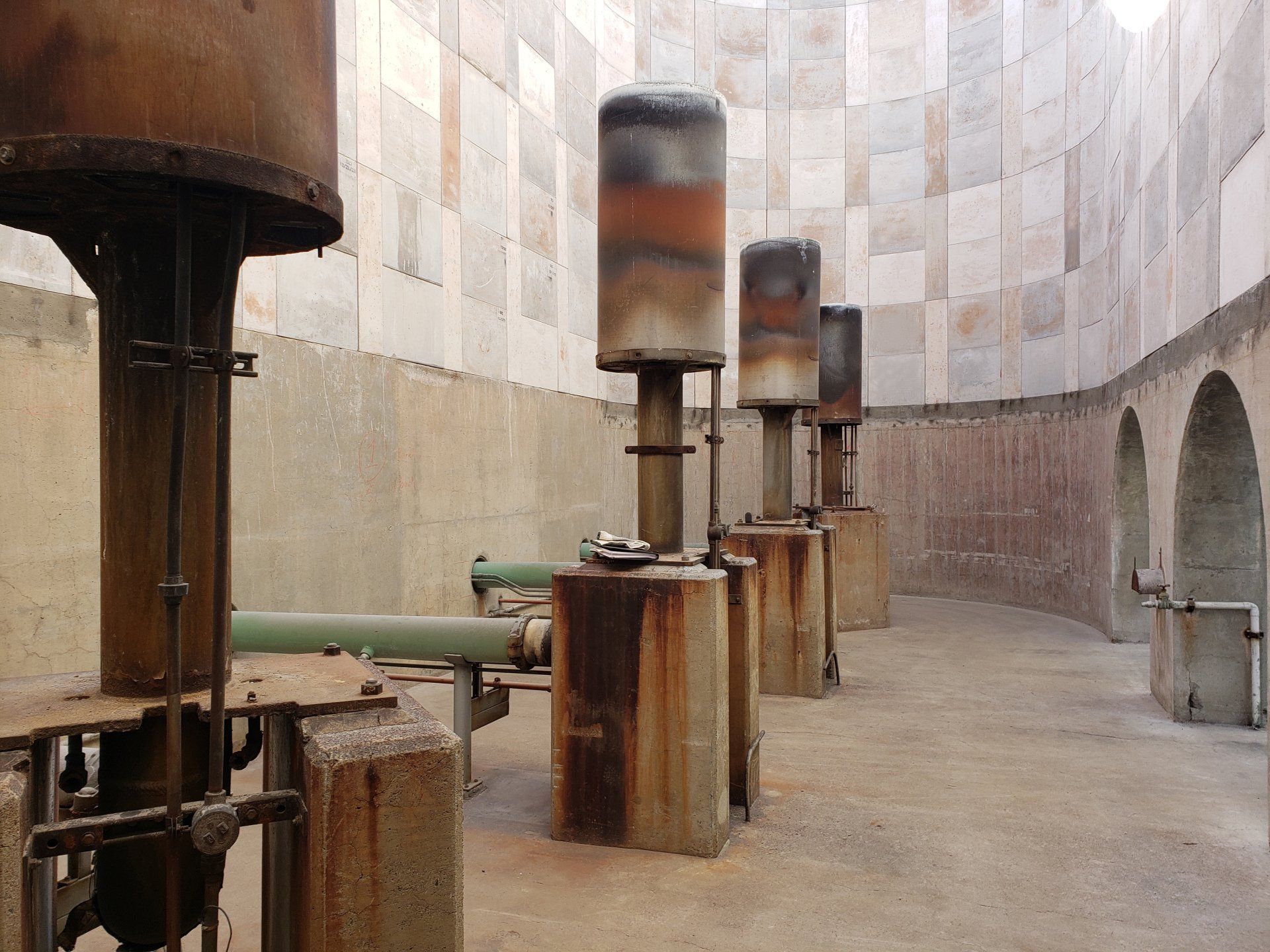
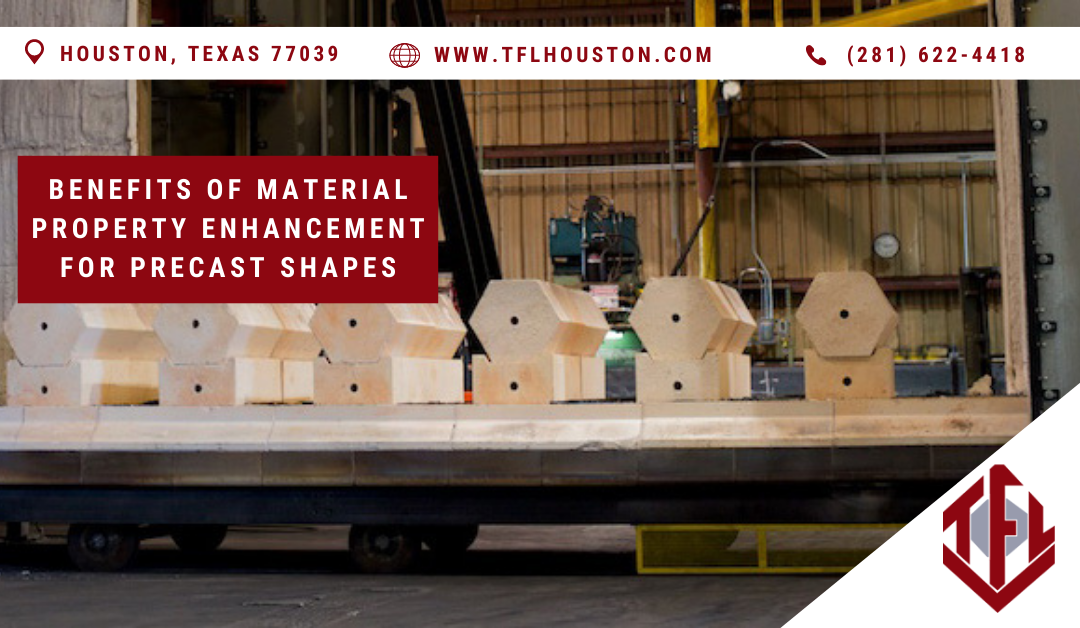
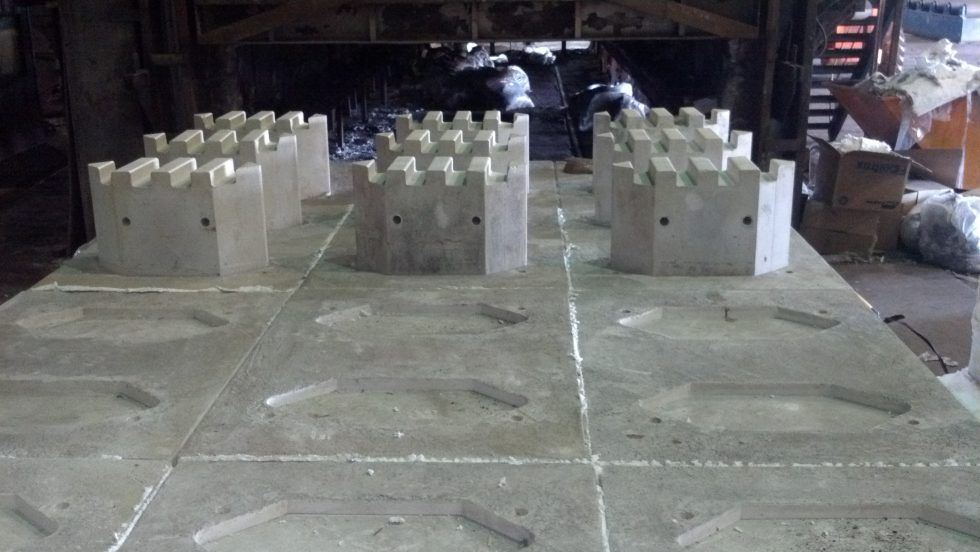

TFL Uses Custom Molding Techniques to Make Precast Refractory Shapes With Extremely Tight Tolerances
